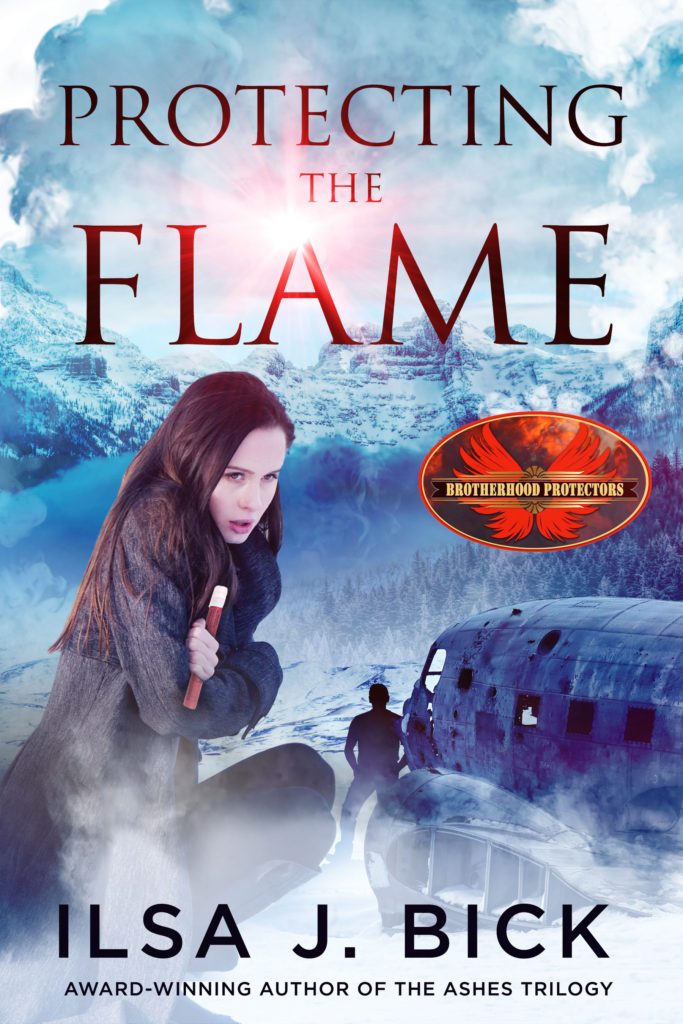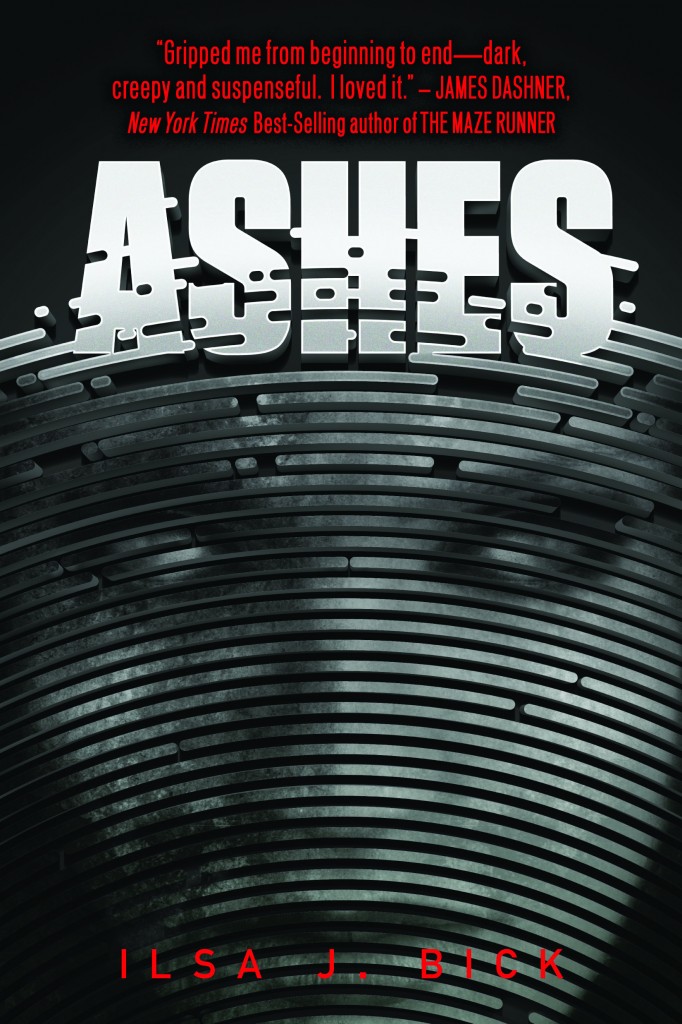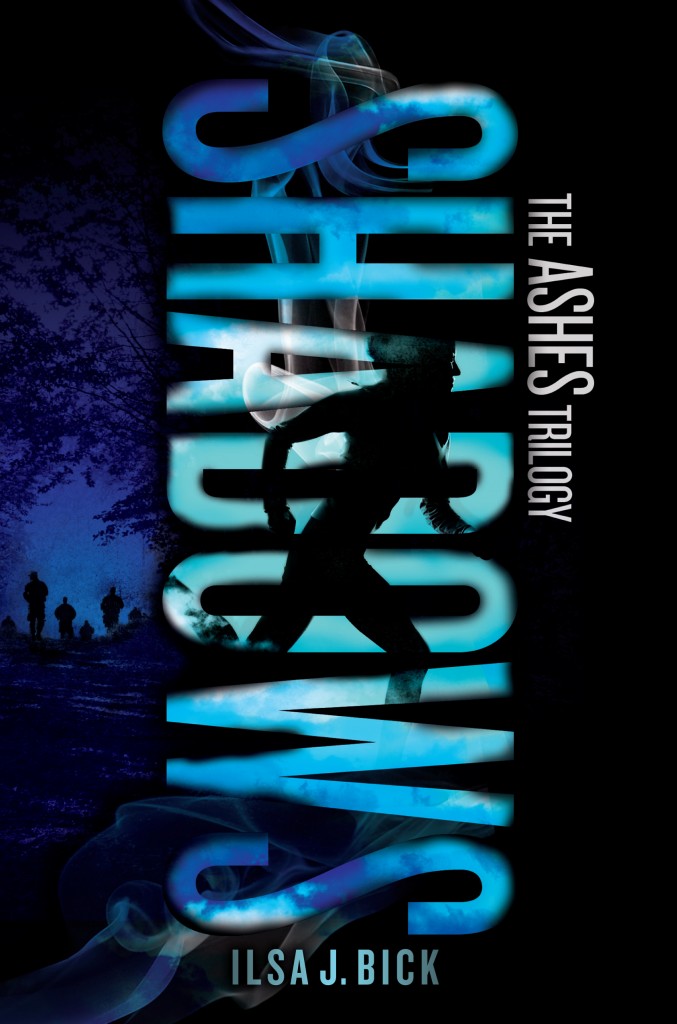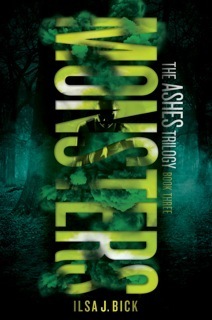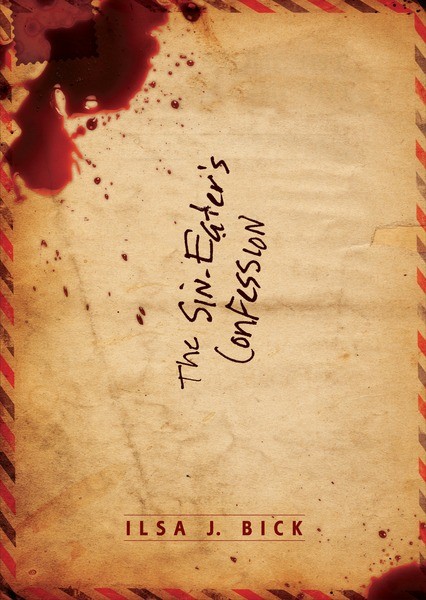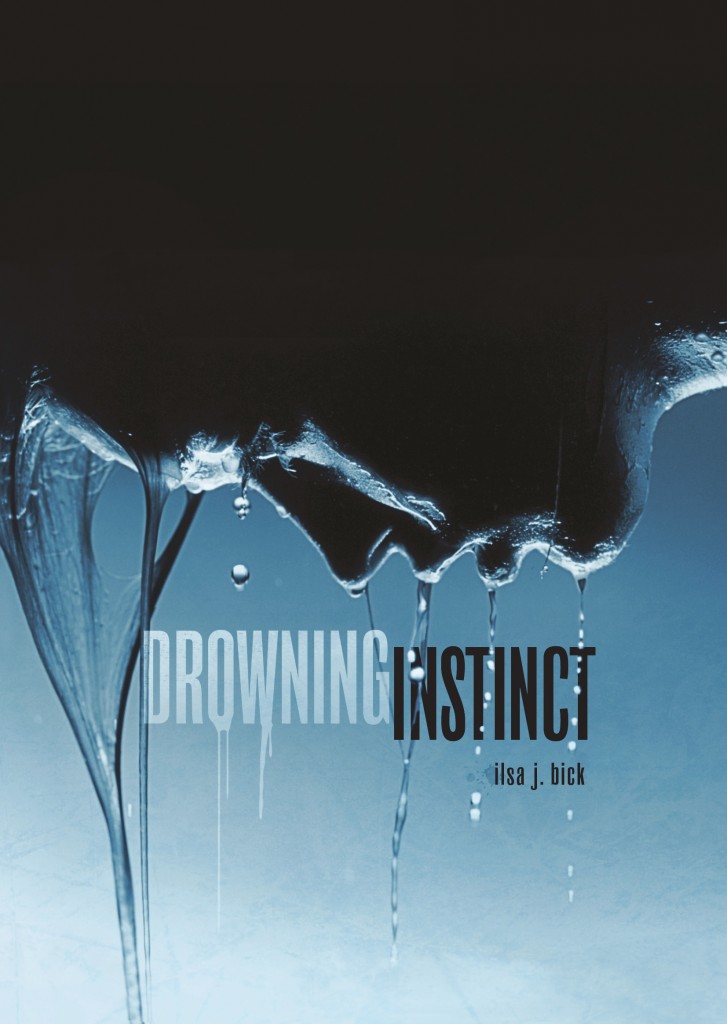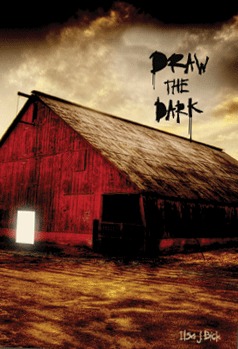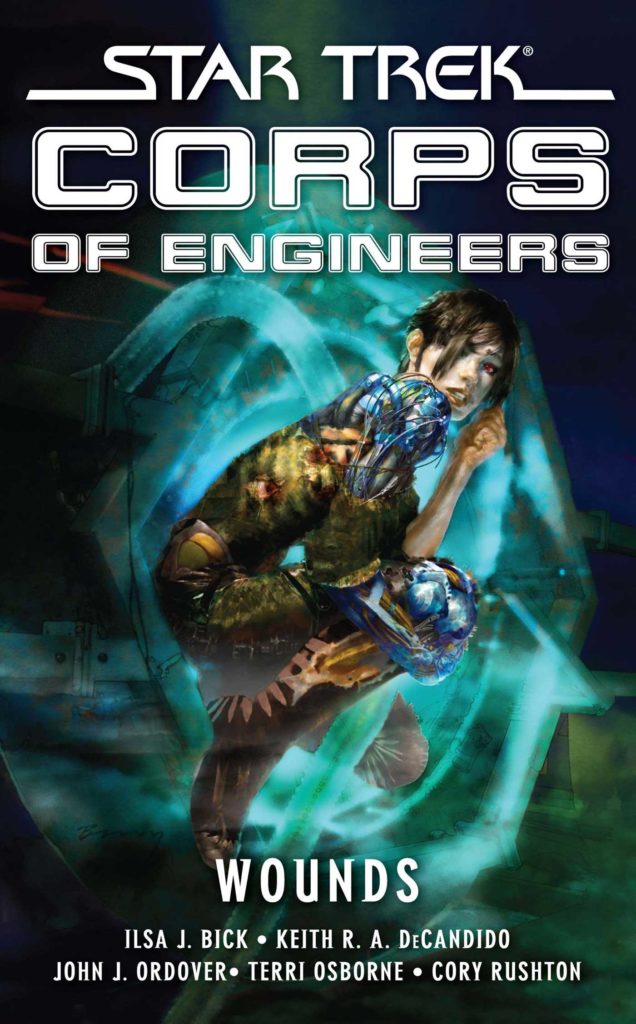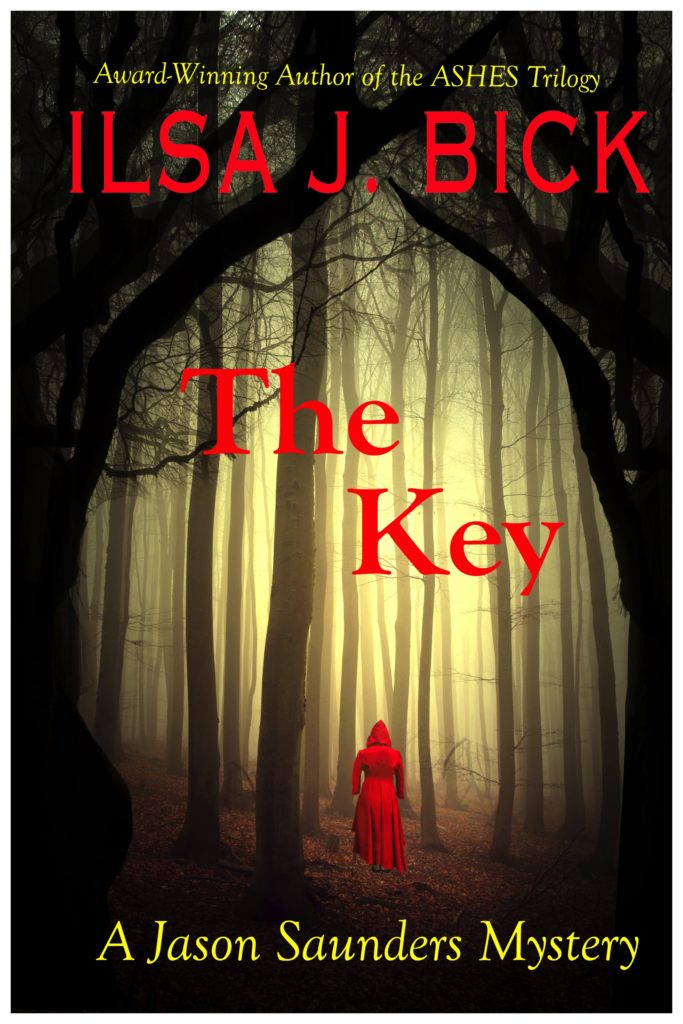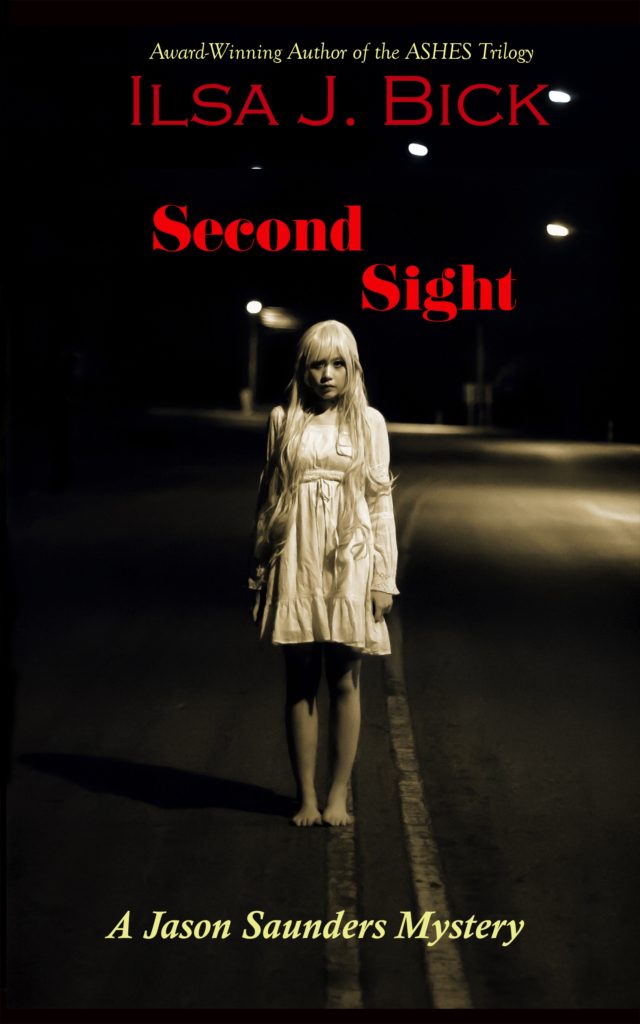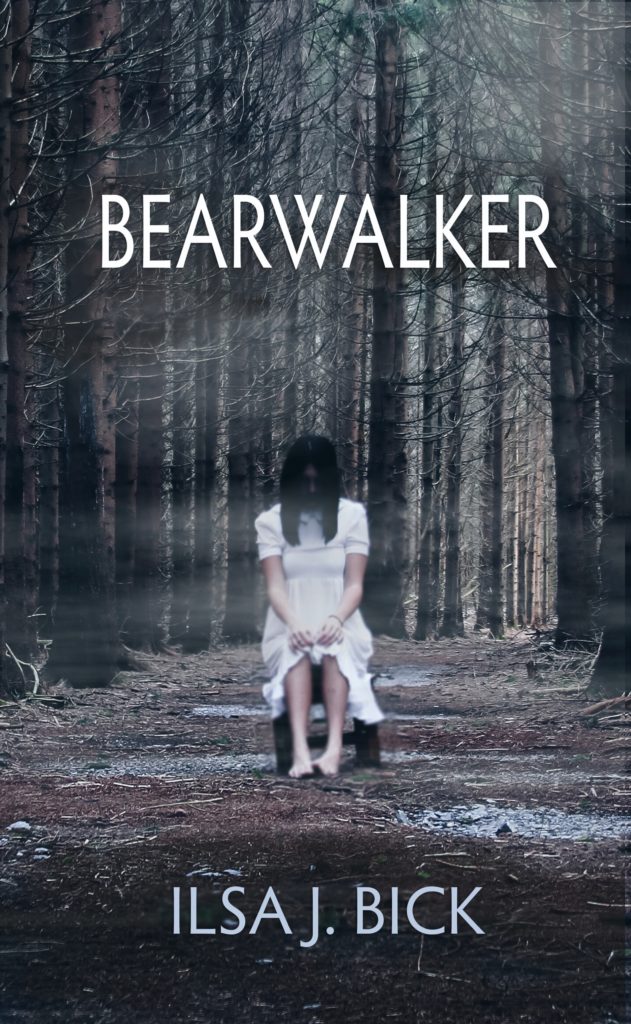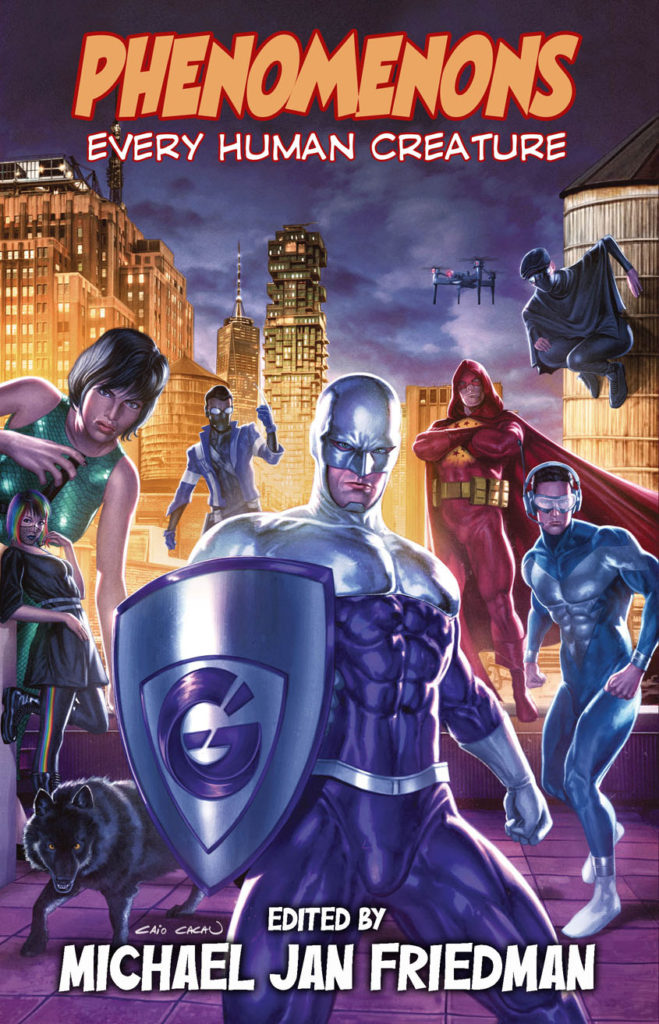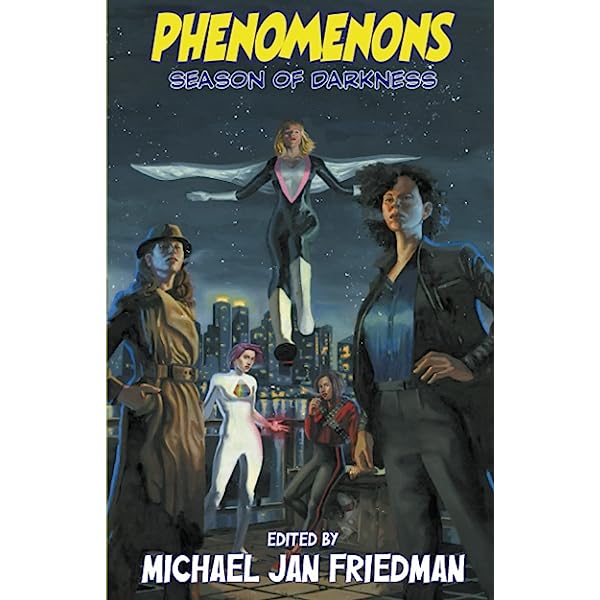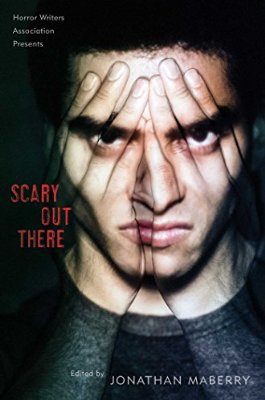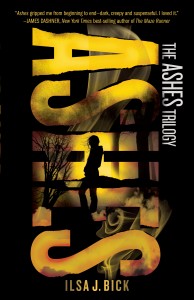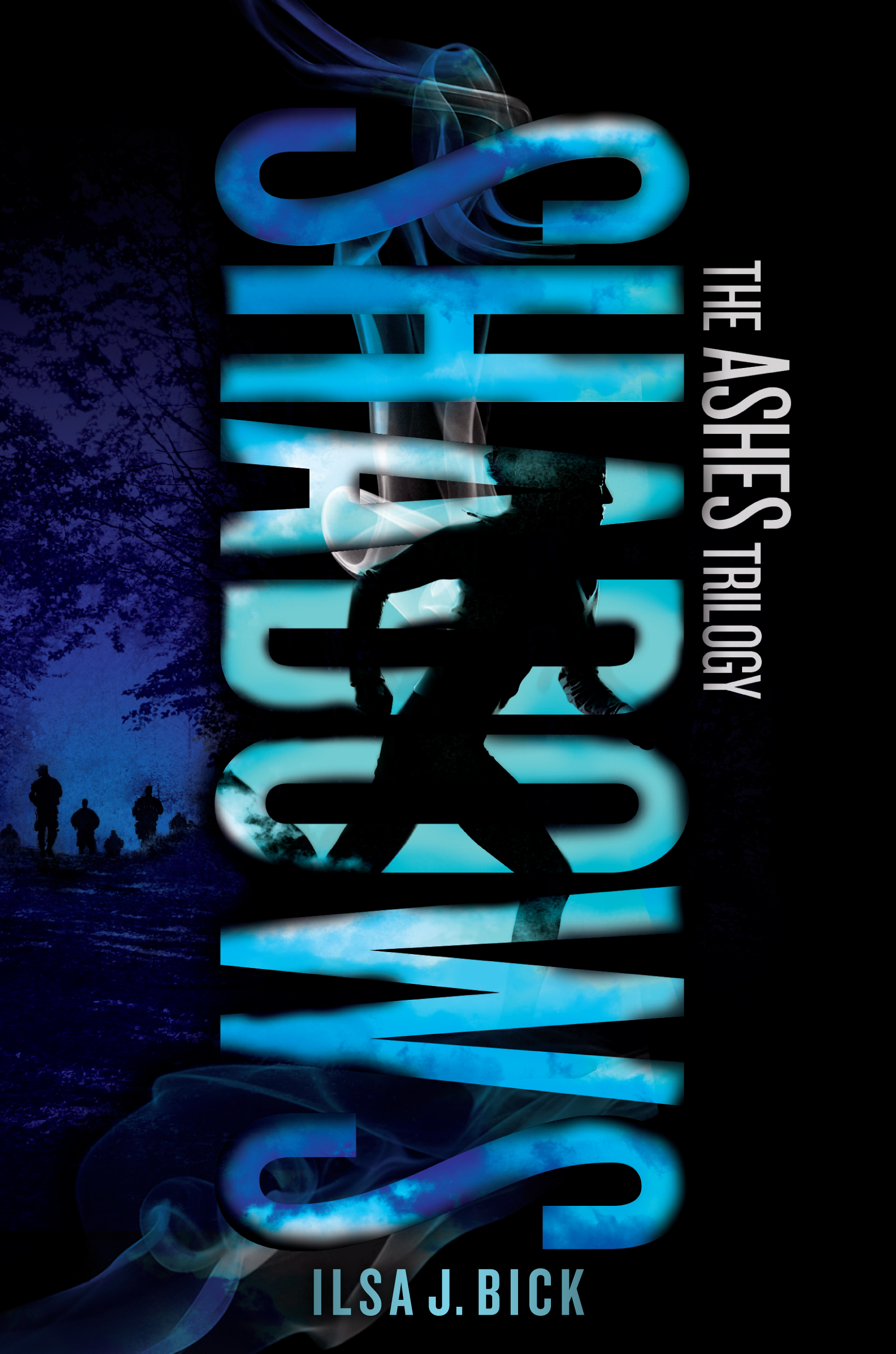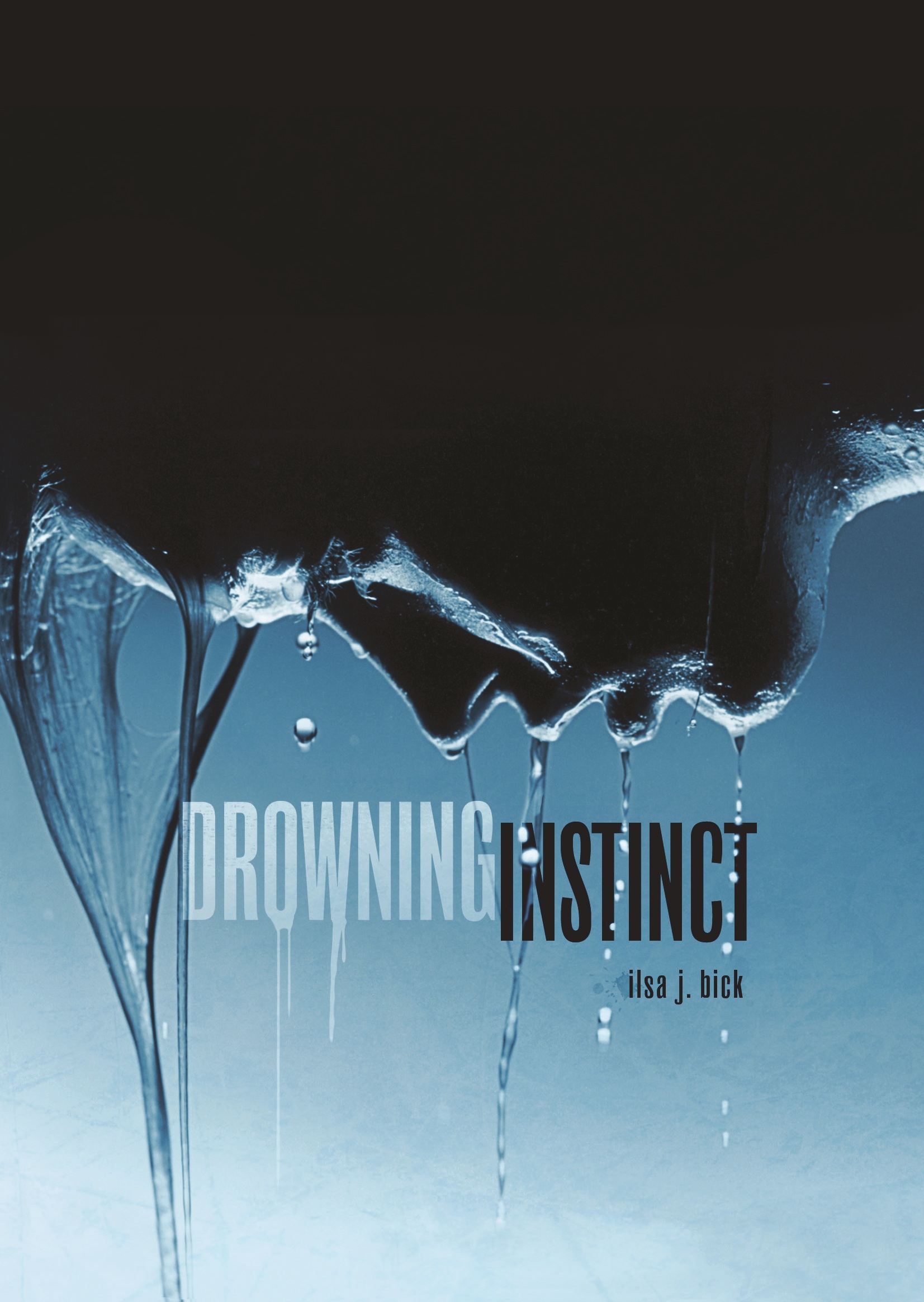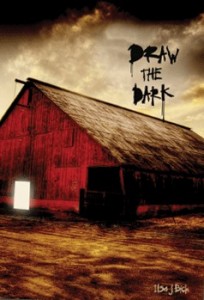By now, most people have heard/read/seen the story of that Yellowstone hiker who was mauled to death by a grizzly–and the Forest Service’s decision to do nothing. While there are some folks out there who are pissed about this, the Forest Service made the right call, IMHO. Encountering a mother with her cubs isn’t desirable any way you cut it, but the bear can’t and shouldn’t be faulted for doing what comes naturally: protecting her young.
As the ranger correctly points out, the more people there are in this or any park, the more likely they are to come into contact with a bear. Jack Olsen’s fabulously compelling account of the deaths of two teenage girls, who were mauled by two different bears on the same night in Glacier back in 1967, is as relevant now as it was when the book first appeared in 1969, and worth a read. Some folks have trashed it for being all gushy-eco-environmental, but Olsen’s points–specifically about how public opinion has so radically shifted from one of extermination to conservation–give one pause, especially when you consider just how few bears remain and how squeezed they really are. Because bears need a lot of space. A LOT, a lot.
Now I’ve come across bears, none of them grizzlies, a couple of times: some while in the car, some while standing on a porch condo, a couple while hiking. My close encounters on the trail have all been with yearlings as far as I can tell, and all black bears. Only once did we do something somewhat stupid–hung around, got a little closer with a bunch of other people to get a picture (yes, stupid, stupid; black bears get pissed, too) and then wandered back through the same area later–me singing at the top of my lungs–where, yes, the bear was still foraging. Dumb. We should’ve backed out. Dumb.
In hindsight, that particular bear had figured out we weren’t a threat, and we were lucky. I would never do something so dumb again. I can’t even plead ignorance because I do know better, but I happen to like seeing wildlife and bears, like wolves, can be tough to spot because they keep their distance. (Moose aren’t afraid of you, but I stay VERY far away. Those things are huge and have a nasty temper. Get too close and it’ll play the rumba on your head. Not pretty. For that matter, I yield to all wildlife. After all, I’m in their house and not only were they there first, they never invited me over for coffee and crumb cake.)
It’s not that bears are cowards, but they’re not eager to share space with you either, unless they’re stressed, habituated to people and/or unable to locate a ready food source. The thing is, bears are eating machines; that’s what they do and they eat most every minute of every waking hour. They’re not that picky either, and once they’ve had a taste of garbage, your cans are toast. Last fall, we stayed at a place right outside Yellowstone and there was this grizz who happened by every night once it had a snootful of something I wouldn’t have thought grizzlies would eat: poopy baby diapers. I’m serious.
There’s all sorts of advice out there about what to do if you DO encounter a bear; the Daily Beast ran a article this past week on the subject. The Beast’s advice is pretty good–although the conclusion, that this is unlikely to happen again, is dead-wrong. It WILL because more and more people are flocking to parks and doing really DUMB things (yes, like me, or deciding that, say, the gazillion-pound bison won’t kick your silly head right off your shoulders if you get too close–and I actually saw this with my own beady little eyes: some old guy telling his wife to back up, c’mon, get closer, get closer, so I get you both in the shot) all but guarantees it.
Also, the one about not getting yourself into a situation where you might run into a bear? How practical is that? Hikers are frequently out there in the backcountry secretly hoping they will see that bear–at least from a distance. (Me . . . not so much. Through binoculars is close enough, thanks.) The advice about bear bells . . . well, take that with a grain of salt. From what I’ve heard, you might as well ring the dinner bell because while adults might stay away, CUBS are curious creatures and they’ll make a beeline to see what’s up. OTOH, to be honest, even I get tired of singing after a while and after you’ve hiked a good ten miles, you’re not talking much either. And bells don’t cost that much.
The other thing the article doesn’t mention is how many people DON’T know how to use bear spray. Yes, there are directions, but do you know how much spray costs? About $50 a pop. Depending on the brand, once you’ve discharged the can, that’s it. So you’re talking a hundred bucks, easy: one can to practice with (watch the wind, too; that stuff blows back on you, now you’re blind AND there’s a bear about to eat you) and one to actually carry. I’m not complaining, just saying. In fact, I’m not against spray–far from it–but I am against throwing money away because you can’t transport that sucker by air. TSA will confiscate it if they find it in your luggage and you really don’t want to run the risk of the thing exploding in your luggage either. So that means buying a very pricey item you may never use–and leaving it behind.
So–memo to the Forest Service–rent cans of pepper spray. Bet you’d clean up, bring in much-needed revenue and make people safer all the way around, too, presuming they know how to use the spray and can deploy it in time and at the right distance. Discharge it too soon or into the wind, you’re toast. OTOH, the Forest Service does have very good advice about the proper use and deployment of bear spray that’s well worth the read.
Another thing the Beast article doesn’t say: grizzlies frequently charge but stop. They have very bad eyesight. Very bad. If you’re downwind, they may actually being charging to get close enough to make out what you are. Most experts advise standing your ground and, if you must, discharging your pepper spray at no greater distance than thirty or forty feet. (Me, I know all this intellectually but have never had to test the theory. I’m still not sure if I’d be calm enough, given the situation, to do the right thing–and, yeah, I hope never to find out.)
One thing that will help, though: learn to recognize bear sign. Scat, tracks, a grizzly dig. If you spot sign? Get the hell out. No view–no trip–is worth a run-in. There’s plenty of wild country out there begging to be explored.
But do get out there. Enjoy nature. You’re part of it, after all. Reconnect to magical places, like Yellowstone–or your nearest hiking path. Learn to share; learn your place–and stay safe.


